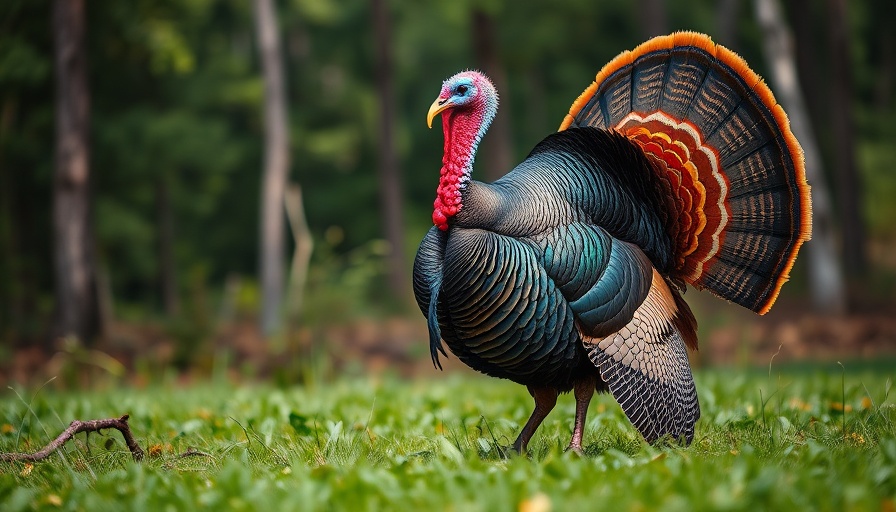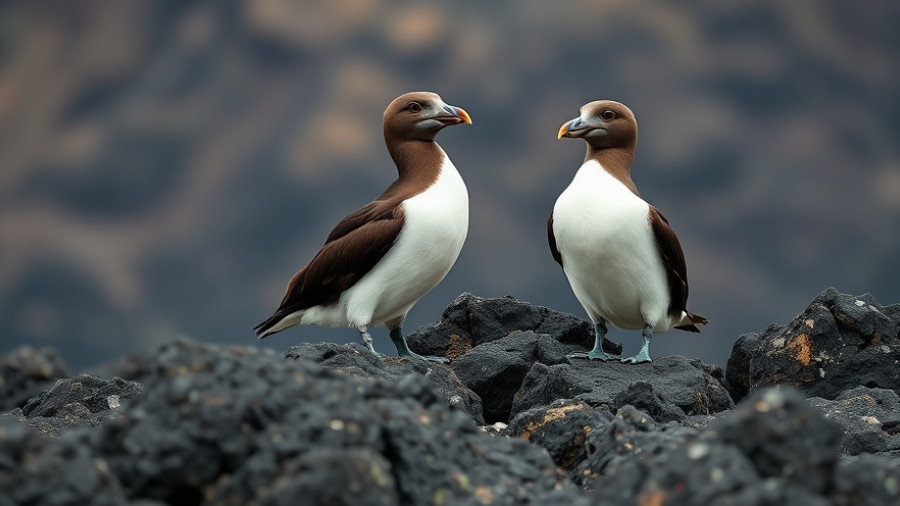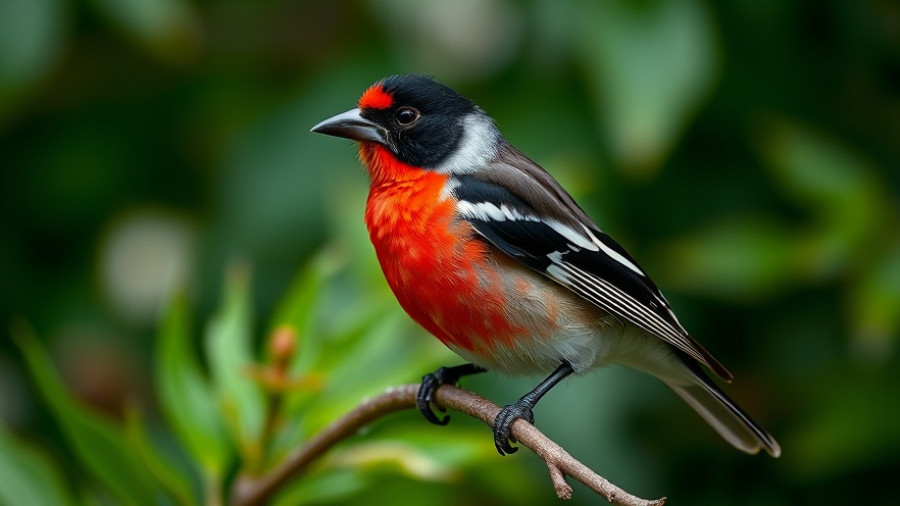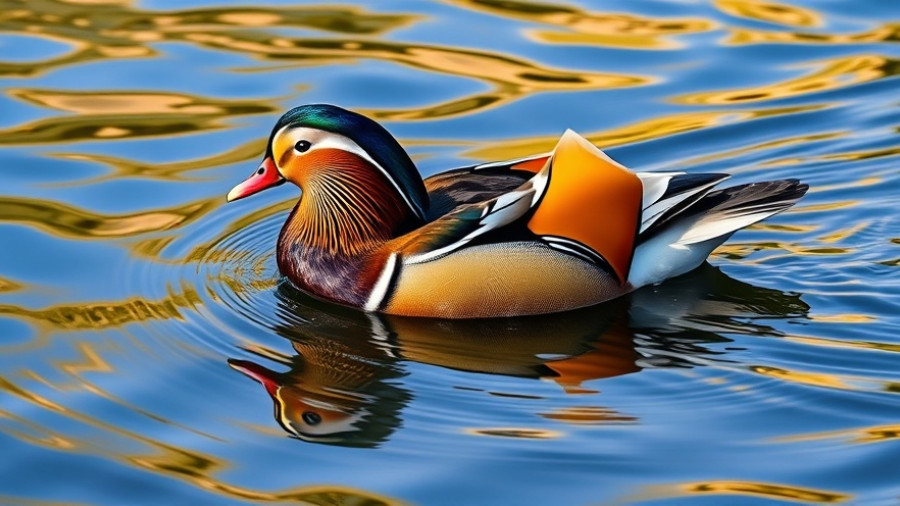
The Fascinating Beard of a Tom Turkey
Each spring, as nature awakens, the wild turkey emerges as a captivating symbol of avian beauty and mating rituals. The tom, or male turkey, especially draws attention with his strikingly colored plumage and—most intriguingly—his beard. This beard, consisting of a unique cluster of bristles, serves not only as an attractive trait but also as a sign of maturity; the older the tom, the longer the beard.
Understanding Turkey Behavior
The behavior of a tom turkey during the mating season is fascinating for birdwatchers and nature enthusiasts alike. His signature gobble, a distinctive rubbery sound, is a clarion call to hens, indicating his readiness for courtship while simultaneously warning rival toms to keep their distance. When a tom successfully captures the attention of a hen, she responds with her own yelps, signaling her interest.
Spring Mating Rituals Unveiled
During mating season, visual displays take precedence. Using his colorful feathers to attract potential mates, the tom will fan out his plumage, showcasing his physical prowess and genetic health. A receptive hen will react by crouching, indicating her readiness to mate. After this ritual, the couple diverges, and it is the hen who bears the responsibility of nesting and raising the next generation of turkeys.
The Ecological Role of Wild Turkeys
Beyond their aesthetic appeal, wild turkeys play a crucial role in their ecosystems. They are omnivores, feeding on a variety of plants, seeds, insects, and even small animals, thus contributing to the balance of their habitats. Their grazing habits promote plant growth and seed dispersal, which can enrich the surrounding environment.
What You Can Learn from Tom Turkeys
By observing these magnificent creatures, we can gain insights into the importance of biodiversity and the natural balance of ecosystems. Understanding turkey behaviors also emphasizes the significance of conservation efforts, reminding us that each species plays a vital role in our world.
As you venture into nature this spring, keep an eye out for the tom turkey and his remarkable beard. There's much to learn from their behaviors, and observing them can truly deepen your appreciation for the avian wonders around us.
 Add Row
Add Row  Add
Add 




Write A Comment